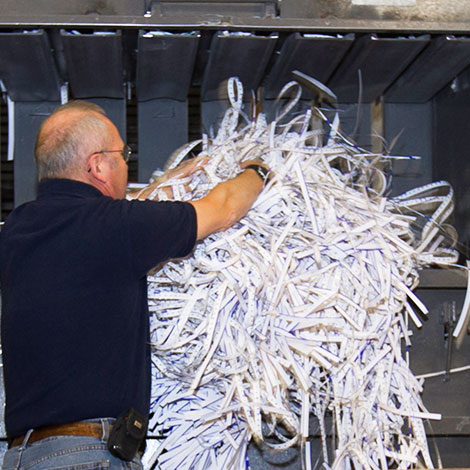As they say, “Spring has sprung and the grass is ‘ris…now start scrubbing.”
Well, maybe the saying doesn’t end quite like that, but spring cleaning is one of those necessary evils we all have to tackle around this time of year.
After we kick off the dust and haul out the junk, we’re left with a clean (at least relatively) house, ready to get back into the swing of things. But sooner or later, the dust starts to settle, the junk starts to accumulate…and we’re right back at it.
That’s why we have to keep on top of our cleaning—sweeping the floors, tidying up, you know the drill.
But for those of us in the direct mail industry, the house isn’t the only thing we need to keep clean—we also have the added task of keeping data files clean.
According to SiriusDecisions, 60% of companies rate the overall health of their data as “unreliable” and about 10% of names and addresses in an average database are duplicate records¹.
So needless to say, data cleansing—you know, the stuff that happens behind locked doors in Data Processing—is crucial. Whether you’re removing, adding, or updating details on records, it’s a key part of ensuring that data is accurate and up-to-date.
To get a jump start on keeping your data clean, ask your print provider to run your file through:
- Address Standardization—For the highest postal discounts, be sure your service provider runs your mail file through address standardization software like CASS. CASS—short for Coding Accuracy Support System—enables the USPS to evaluate the accuracy of addresses, as well as add missing address info like ZIP codes, cities, and states to ensure the address is complete.
- Merge/Purge—With data coming from so many disparate sources—direct mail, digital, email—it’s tempting to just send your appeal to every name on file, if only for the fact that you don’t have to fit yet another thing into your already jam-packed day. But due to this increasingly complex data landscape, running files through a merge/purge is a vital step in the mailing process. Duplicate records can either be combined to create that sought-after golden record, or removed.
- NCOA—On average, the USPS processes 122,000 address changes every day². Don’t waste money sending your mailings to bad addresses. Ask Polaris Direct to run your mail file through National Change of Address every 95 days. To ensure that private information (think HIPAA-related materials) doesn’t end up in the wrong hands, this is particularly important.
- Suppression—Avoid sending to people on your “Do Not Mail List.” As much as we love direct mail, not everyone does. Save money by suppressing folks who don’t want to receive your mail, as well as deceased contacts, and those you don’t want to send a particular mailer to.
At the end of the day, it’s pretty simple: without clean data, your mailings will suffer. It’s a cycle that fuels itself…and not in a good way.
It pays to take the time to clean your data. Wait, what am I saying? Ask us to take the time to clean your data. Contact us at 603-626-5800 or info@polarisdirect.net today—and keep an eye out for future Insights on how to leverage data to its fullest potential.
About the author: Melanie Gray is Creative Supervisor/Copywriter at Polaris Direct, a nationally acclaimed high-volume direct marketing services company in Hooksett, NH.
_____________________________
¹ “The Data Detox: From Dirty Data to Healthy Companies.” Melissa Data. Pages 3, 8.
² “Just one day in the life of the U.S. Postal Service…by the numbers.” https://about.usps.com/who-we-are/postal-facts/one-day-by-the-numbers.htm

